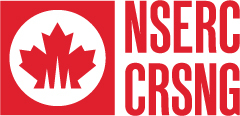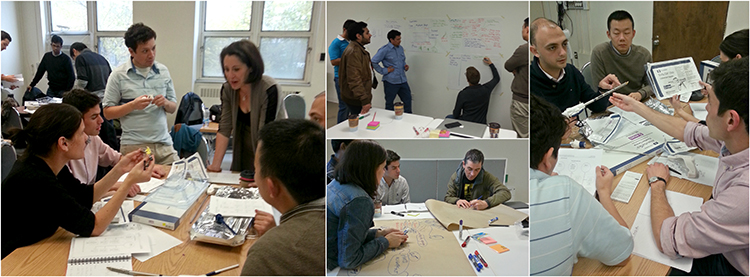

During the Innovation Cycle, the first semester of the program focuses on team building supported by lectures. The students embark on a needs finding process by observing all aspect of clinical activity in their focus themes. The trainees learn the fundamental physiology and pathophysiology of the different focus areas, essential business tools, and the basic engineering skills involved in prototyping. In addition, students are introduced to a wide range of topics including regulation, patent claim drafting, medical research ethics as well as fundamental lectures on mechatronics and mechanics. To assist with teamwork issues in real time, the team members can collectively, or individually take advantage of business psychology support. The initial phase essentially uses the surgeon’s work environment as the classroom. Groups follow patients’ progress through the hospital and identify what they perceive to be needs that can be addressed by a technological solution. The students have access to everyone who works in or visits the hospital to clarify deficiencies and areas of potential for innovation. Their overriding remit is to make the hospital’s work faster, safer, cheaper or better. The apparent naivety of the multidisciplinary group leads them to ask questions that challenge the status quo and surpass the tendency to work around obstacles rather than to innovate through them. By the end of the first semester, the teams are expected to identify approximately 40 needs which they then screen based on business, engineering and clinical perspectives to identify a high potential need that will be the focus of the following semester’s activity.
In the second semester, teams are expected to build a prototype of the solution, establish, and validate the value proposition, and present the prototype and business model. The approach requires that the trainees continually test their hypotheses regarding the market, the stakeholders, pricing etc and to continually reassess and refine their concept/product. In addition to developing their prototype and business plan, the trainees receive extensive feedback on interview techniques and presentation skills. Simultaneously they will receive further instruction on prototyping, software and application design to support the development of their prototypes. Students are working as a team to achieve their goal of a successful need driven solution. Each team needs to establish milestones and assign responsibilities. There is entrepreneurship simulation activities, where students play one of three roles (founder, employee or investor) and have to negotiate the best deal for each specific role. Each founder have the opportunity to make a brief pitch about their company to the pool of potential employees and investors. At the end of the simulation, students submit a summary of their objectives, negotiating tactics and assessment of the results.
Following the innovation cycle the summer is spent as an intern with one of our industry partners where trainees apply the professional skills that they have developed.
Simultaneously Professional Development training is offered to trainees build their own curricula based on their needs.